Priming sheetrock.

by
Peace Painting Co., Inc.
(IC: professional)
Priming sheetrock walls? Here's some tips to help you knock it out.
--If the walls are previously unpainted, use a primer made specifically for drywall. If they have been painted before, then an all purpose primer will do. And paint stores are happy to tint the primer in the direction of the finish coat color to help with coverage. BTW, any caulking is done after priming.
--The most common mistake folks make when starting to paint is not using enough paint on their roller or brush. The right roller cover and brush will allow you to load up your tools with paint, making the job quicker, easier and give a better finish, doing away with Doc Holiday and the dry brush gang!
--Buy the best brush. I like Purdys. If you know how to thoroughly clean them out, then you will have no qualms about spending the money for good equipment. There should not be any 'milky water trails' coming out of the heel of the brush when you are done. When rolling bare draywall, a lambswool roller cover works best. It holds a tremendous quantity of paint and unlike synthetic roller covers, it cleans up easily and will give you years of service.
--Before you start, it helps to pre-wet your roller by dunking it in water then spinning out the excess water. This will give the paint quick, even absorption into the cover. The brush can be pre-wet as well to help the paint not dry to and stick so easily around the base. The excess water in the brush can be 'kicked out' on the toe of your workshoe.
--So you are ready to load up your equipment with paint. When rolling, don't start right next to the corner or right next to your just finished area. Instead, come out one or two roller widths and work your way back into the corner or just finished area with your full roller. Once you have the paint distributed over an area that can be completed with one roller dip, make one more pass to even it out, filling it in completely. One more thing, keep a slight bit more pressure on the leading edge of the roller. This will help avoid leaving heavy roller edges.
Just remember the three most important things: use more paint, 3X!!!
Happy Trails,
Charles Peace
--If the walls are previously unpainted, use a primer made specifically for drywall. If they have been painted before, then an all purpose primer will do. And paint stores are happy to tint the primer in the direction of the finish coat color to help with coverage. BTW, any caulking is done after priming.
--The most common mistake folks make when starting to paint is not using enough paint on their roller or brush. The right roller cover and brush will allow you to load up your tools with paint, making the job quicker, easier and give a better finish, doing away with Doc Holiday and the dry brush gang!
--Buy the best brush. I like Purdys. If you know how to thoroughly clean them out, then you will have no qualms about spending the money for good equipment. There should not be any 'milky water trails' coming out of the heel of the brush when you are done. When rolling bare draywall, a lambswool roller cover works best. It holds a tremendous quantity of paint and unlike synthetic roller covers, it cleans up easily and will give you years of service.
--Before you start, it helps to pre-wet your roller by dunking it in water then spinning out the excess water. This will give the paint quick, even absorption into the cover. The brush can be pre-wet as well to help the paint not dry to and stick so easily around the base. The excess water in the brush can be 'kicked out' on the toe of your workshoe.
--So you are ready to load up your equipment with paint. When rolling, don't start right next to the corner or right next to your just finished area. Instead, come out one or two roller widths and work your way back into the corner or just finished area with your full roller. Once you have the paint distributed over an area that can be completed with one roller dip, make one more pass to even it out, filling it in completely. One more thing, keep a slight bit more pressure on the leading edge of the roller. This will help avoid leaving heavy roller edges.
Just remember the three most important things: use more paint, 3X!!!
Happy Trails,
Charles Peace
Enjoyed the project?
Published November 20th, 2012 2:34 PM
Comments
Join the conversation
2 of 27 comments
-
-
I prefer to patch, sand, clean, prime then paint. I too have the primer tinted to match the wall paint color which tremendously helps in avoiding those holidays we all hate. I've seen so many unwanted "spots" on newly painted walls due to improper prep work so I believe in doing it right the first time to save myself a headache later on. But it's all worth the "after" .
 Diana Deiley
on Apr 12, 2016
Diana Deiley
on Apr 12, 2016
-



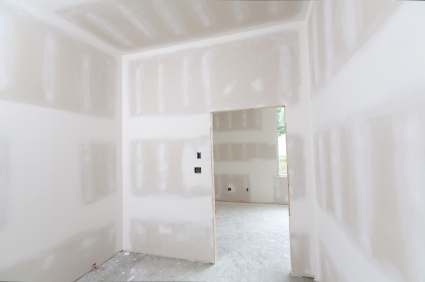

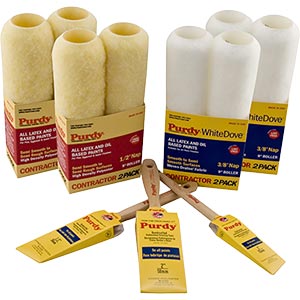
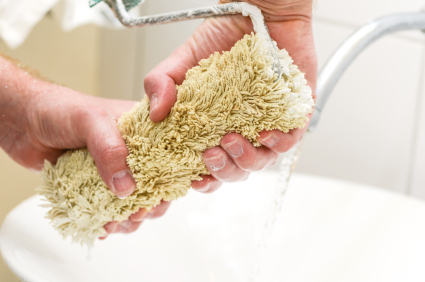

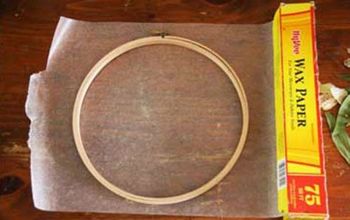





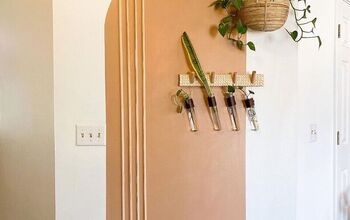
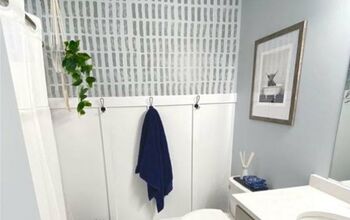

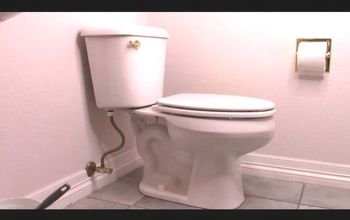
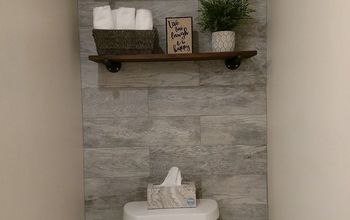










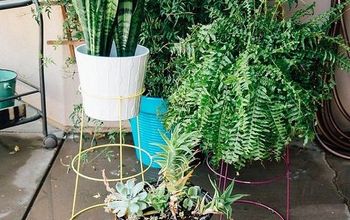

Frequently asked questions
Have a question about this project?